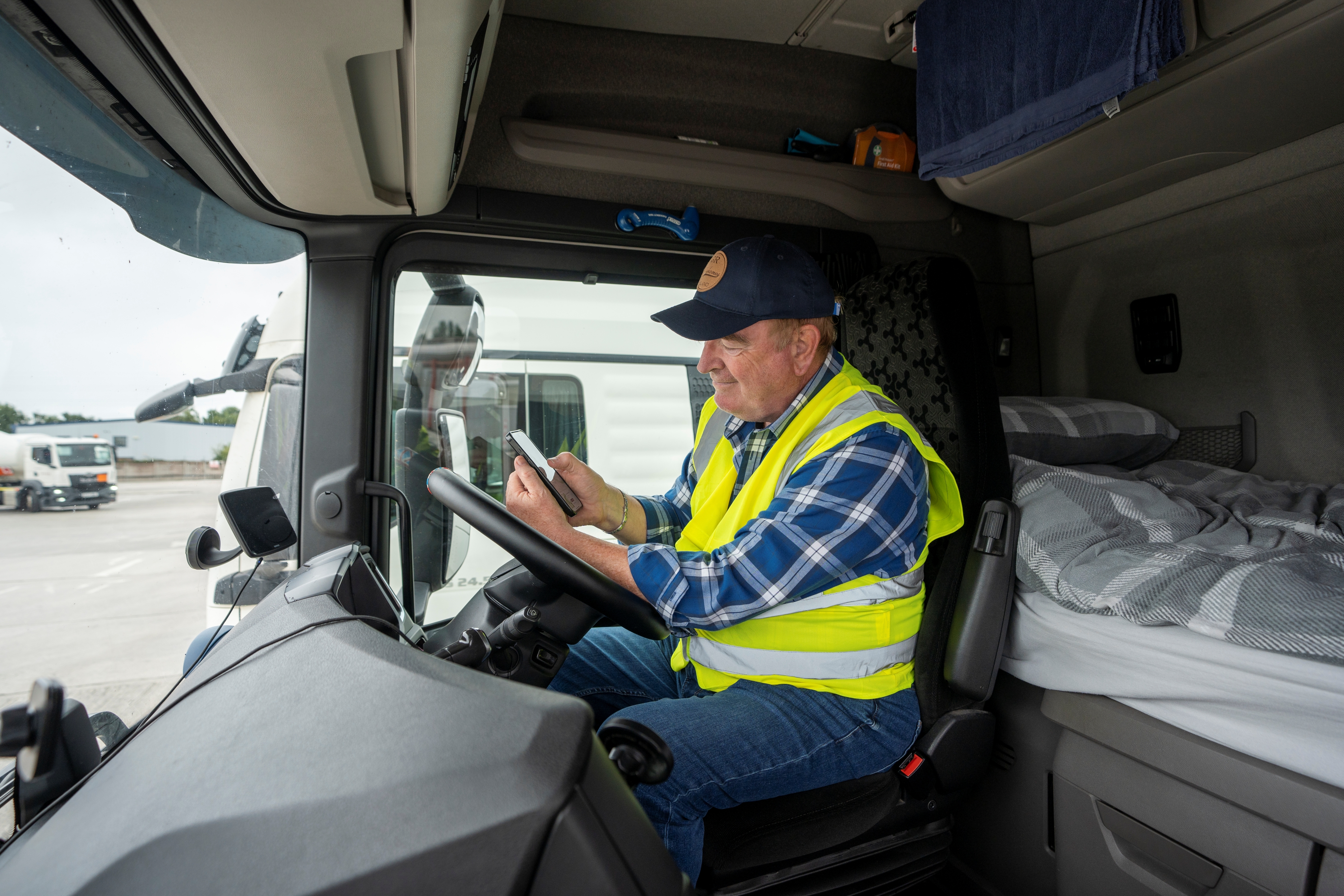
Miranda Blake
Ottimizzazione dei percorsi con il software di gestione della flotta - Conto SNAP
Creato: 18/11/2024
•
Aggiornato: 18/11/2024
L'ottimizzazione dei percorsi è fondamentale per gli operatori delle flotte che cercano efficienza ed economicità. SNAP Account offre un approccio completo all'ottimizzazione dei percorsi, assicurando che sia i conducenti che i gestori delle flotte possano navigare con facilità nelle complessità della strada. Approfondiamo i vari aspetti dell'ottimizzazione dei percorsi, evidenziandone i vantaggi e l'impatto complessivo.
Comprendere l'ottimizzazione del percorso
L'ottimizzazione dei percorsi comporta la pianificazione strategica dei percorsi di viaggio per aumentare l'efficienza, ridurre i costi e migliorare l'erogazione del servizio. L'obiettivo principale è determinare i percorsi migliori per i veicoli, tenendo conto di fattori quali la distanza, i modelli di traffico e gli orari di consegna.
Importanza dell'ottimizzazione del percorso
Riduzione dei costi: Riducendo al minimo la distanza e il tempo di percorrenza, le aziende possono ridurre significativamente le spese per il carburante e l'usura dei veicoli. * *Maggiore soddisfazione dei clienti: * Le consegne puntuali migliorano la fiducia e la soddisfazione dei clienti, con conseguente ripetizione dell'attività. * *Aumento della produttività: * Un instradamento efficiente consente agli autisti di effettuare più consegne in meno tempo, aumentando la produttività complessiva.
Fattori chiave per l'ottimizzazione del percorso
Condizioni del traffico: I dati in tempo reale possono aiutare a regolare i percorsi in modo dinamico. Capacità dei veicoli: Comprendere i limiti e le capacità di ciascun camion è fondamentale per una pianificazione efficace. * **Finestre di consegna: il rispetto di tempi specifici è essenziale per la soddisfazione dei clienti.
Ottimizzazione del percorso con il conto SNAP
Il nostro software di gestione della flotta, SNAP Account, è rivoluzionario. Progettato per semplificare vari aspetti delle operazioni, tra cui l'ottimizzazione dei percorsi, collega conducenti, operatori di flotte e fornitori di servizi attraverso una piattaforma integrata. Di conseguenza, garantisce comunicazione ed efficienza senza soluzione di continuità.
Informazioni in tempo reale sugli autogrill
Attraverso la app intruck e la nostra mappa, forniamo l'accesso a una rete di oltre 600 partner di servizio in tutta Europa, tra cui aree di sosta per camion, lavaggi e stazioni di rifornimento. Queste informazioni possono aiutare gli operatori delle flotte a pianificare viaggi più efficienti, identificando i punti di sosta più convenienti.

Capacità di prenotazione anticipata
La piattaforma consente agli utenti di prenotare posti in oltre 160 siti di parcheggio, evitando così perdite di tempo e ottimizzando potenzialmente i loro itinerari per includere le soste prenotate.
Rete di servizi completa
Con il Conto SNAP, gli autisti possono accedere a vari servizi come il parcheggio, il lavaggio e il rifornimento di carburante in numerose località in tutta Europa. Questa vasta rete può contribuire a una pianificazione del percorso più flessibile ed efficiente.
Gestione digitale
Il nostro portale consente agli operatori di flotte di gestire più servizi per autocarri per tutti i loro veicoli con un unico account.
Siete interessati a sapere come il Conto SNAP migliora la gestione della flotta nella pratica? Scoprite cosa abbiamo fatto per Delintra SP. Z.O.O.
Ruolo della gestione del carburante
Una gestione efficace del carburante è parte integrante dell'ottimizzazione dei percorsi. SNAP Account incorpora strumenti che aiutano le flotte a monitorare e controllare il consumo di carburante.
Alternativa alla carta carburante
Alternativa alle carte carburante tradizionali, SNAP Fuel consente una gestione del carburante senza soluzione di continuità.
Trasparenza dei costi: Gli operatori della flotta possono accedere a rapporti dettagliati sulle spese, aiutandoli a identificare le tendenze e le aree di miglioramento. * Grazie alla collaborazione con Certas Energy, siamo in grado di offrire agli utenti del Conto SNAP tariffe scontate per il carburante, riducendo ulteriormente i costi operativi.
Migliorare l'esperienza del conducente
Un percorso ben ottimizzato non solo è vantaggioso per l'operatore della flotta, ma migliora anche l'esperienza complessiva dei conducenti.
Processi di pagamento semplificati
La piattaforma semplifica questi processi per gli autisti, eliminando la necessità di utilizzare contanti o carte carburante.
- Pagamenti immediati: i clienti possono pagare i servizi utilizzando il numero di targa del proprio veicolo, semplificando le transazioni.
- Tutte le spese vengono consolidate in un'unica fattura, riducendo gli oneri amministrativi.
Con la continua evoluzione del settore, abbracciare i progressi tecnologici sarà fondamentale per rimanere competitivi. I gestori di flotte che vogliono ottimizzare i loro percorsi e migliorare l'efficienza complessiva dovrebbero considerare l'adozione di SNAP Account come soluzione principale per la gestione delle flotte. Non solo migliora le prestazioni operative, ma contribuisce anche a un futuro più sostenibile per l'industria dei trasporti.
Se desiderate raccogliere i frutti della vostra attività, contattate il numero +44 (0)1603 777242.



